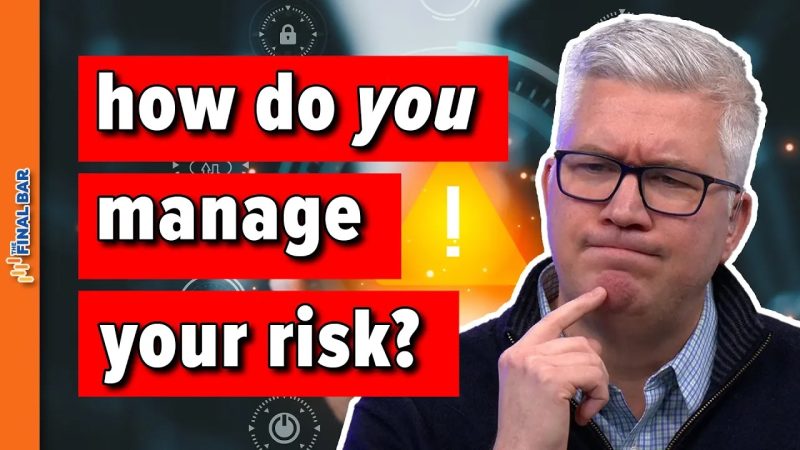Risk management is a critical aspect of any investment strategy. For traders in the financial markets, technical analysis plays a key role in identifying and managing risks effectively. Technical analysis is the study of historical price and volume data to forecast future price movements. By using various tools and indicators, traders can make informed decisions and mitigate potential risks in their trading activities.
One important aspect of risk management through technical analysis is the use of stop-loss orders. A stop-loss order is a predetermined price level at which a trader exits a losing trade to limit losses. By incorporating stop-loss orders into their trading strategy, traders can protect their capital and prevent significant losses when the market moves against their position.
Another key concept in risk management is determining the optimal position size for a trade. This involves assessing the potential risk and setting the appropriate position size based on the trader’s risk tolerance and account size. By using technical analysis to identify key support and resistance levels, traders can determine the optimal entry and exit points for a trade, ensuring that the risk-reward ratio is favorable.
Additionally, technical analysis can help traders identify trends and market patterns that can assist in making informed trading decisions. By analyzing chart patterns, such as head and shoulders, double tops, and flags, traders can anticipate potential price movements and adjust their strategy accordingly. Recognizing these patterns can help traders enter and exit trades at favorable points, reducing the overall risk exposure.
Risk management through technical analysis also involves analyzing market volatility and trends. Volatility refers to the degree of price fluctuations in the market, which can impact the potential risk of a trade. By using technical indicators such as the Average True Range (ATR) or Bollinger Bands, traders can gauge market volatility and adjust their trading strategy accordingly to account for potential price swings.
Moreover, technical analysis can help traders identify key support and resistance levels, which act as important reference points for setting stop-loss orders and profit targets. By incorporating these levels into their trading strategy, traders can effectively manage risks by exiting trades at these predefined levels, ensuring that losses are kept to a minimum and profits are maximized.
In conclusion, risk management is a crucial aspect of successful trading, and technical analysis serves as a valuable tool for identifying and managing risks effectively. By employing stop-loss orders, determining optimal position sizes, analyzing market trends, and recognizing key support and resistance levels, traders can mitigate potential risks and increase their chances of success in the financial markets. Incorporating technical analysis into a comprehensive risk management strategy can help traders navigate the complexities of the market and achieve their trading goals.



























